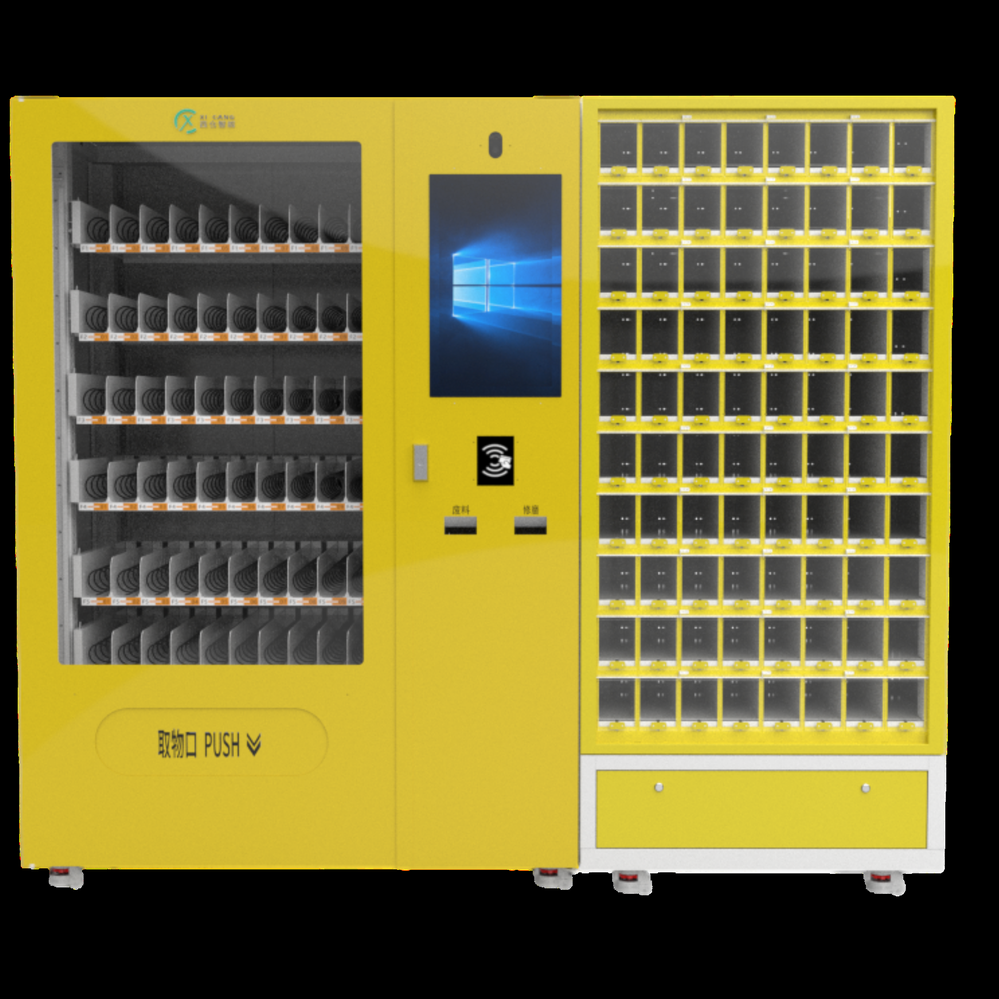Common Fault Analysis:
1. Magnetic Blowing:
When the magnetic deflection becomes severe, one effective solution is to adjust the connection point of the ground wire to the opposite side of the magnetic deflection. This helps in balancing the magnetic field around the arc.
2. Difficult Arc Starting:
a) Improper polarity setting: For alkaline electrodes, ensure reverse polarity is set; otherwise, it may lead to electrode adhesion or arc interruptions.
b) Welding current mismatch: Ensure the current matches the appropriate range for the electrode being used.
c) Oil contamination on the surface: Clean the area before welding.
d) Poor ground wire contact: Inspect and tighten connections.
e) If none of the above applies, measure the no-load voltage at both ends of the output terminals.
f) If the remote and near switch is set to "remote control" but the remote control box isn't installed, this could also cause issues.
3. Low No-Load Voltage:
a) Circuit board failure.
b) Missing or incorrect phase sequence in the main circuit.
c) Damaged thyristor in the main circuit.
d) Poor engagement of AC contactors.
4. Unstable Arc:
a) Rusty or damp welding rods.
b) Faulty thyristor.
c) Excessive thrust current.
5. Current Offset:
a) PCB fault.
b) Faulty current potentiometer.
c) Incorrect positioning of the far and near switch.
6. No No-Load Voltage Upon Power On:
PCB fault.
7. Circuit Breaker Trips After Switching On:
Check the resistance at the output end to identify problems with the main circuit, such as a stuck fan or a damaged thyristor module.
In addition to these common issues, it's important to regularly maintain your equipment to prevent unexpected failures. Always ensure that all components are properly connected and that the welding parameters are correctly set. If you encounter persistent issues, consider consulting a professional technician for a more thorough inspection. Proper training and adherence to safety guidelines can significantly reduce the likelihood of encountering these problems.
Weighing Cabinet With High Precision
Weighing cabinets are equipped with high-precision scales that can measure objects with extreme accuracy. These scales are often calibrated regularly to maintain their accuracy.
Temperature Control: To ensure accurate weighing results, weighing cabinets often have temperature control features. This helps to prevent fluctuations in temperature that can affect the accuracy of the scale.
Vibration Isolation: Vibrations can interfere with the accuracy of weighing. Weighing cabinets are designed to isolate vibrations, ensuring that the scale remains stable during the weighing process.
Draft Shields: Draft shields are used to protect the scale from air currents that can affect the weighing process. These shields create a still environment around the scale, ensuring accurate measurements.
Security Features: Some weighing cabinets may have security features such as locks or alarms to prevent unauthorized access and protect valuable equipment.
Customization Options: Weighing cabinets can be customized to meet specific requirements, such as size, scale type, and additional features.
Types of Weighing Cabinets
Product weight: 200KG
Dimension: 1372mm long; 593mm wide;1950mm high
Scale plate size: 200mm long; 338mm wide
Screen size: 10 inch touch screen
Product color: White yellow (customizable)
Capacity: 30 scales
Freight lane type: 6 floors * 5 lanes
Weighing sensor: A single weighing position can weigh up to 20 kg, a small weighing capacity of 5g, and an error of 1gram
Applicable system: optional card swiping, facial recognition, and fingerprint recognition
Power supply: AC220V/50HZ.No packaging required, can be weighed separately, and high-precision sensors automatically calculate weight
Open material requisition, convenient material requisition, and simple replenishment.Fasteners such as screws and nuts, various spare materials, and office supplies.Weighing cabinets, also known as balance enclosures or safety cabinets, are specialized pieces of laboratory equipment designed to provide a safe and controlled environment for precision weighing operations. These cabinets are particularly important when handling hazardous materials, such as powders, chemicals, or toxic substances.
Weighing cabinets protect the operator and the laboratory environment from exposure to hazardous materials.
Accuracy: The controlled environment within a Weighing Cabinet can help to ensure accurate and precise weighing results.
Compliance: Weighing cabinets are often required to comply with safety regulations and standards in industries such as pharmaceuticals, chemicals, and research.
Efficiency: By providing a dedicated space for weighing operations, weighing cabinets can improve efficiency and productivity in the laboratory.
Applications:
Pharmaceutical industry: Weighing cabinets are essential for handling and measuring pharmaceutical ingredients, ensuring product quality and safety.
Chemical laboratories: These cabinets are used for weighing chemicals and other hazardous substances in research and development settings.
Research laboratories: Weighing cabinets are valuable tools for scientists conducting various experiments and analyses.
Quality control: In industries where precision weighing is critical, such as food and beverage manufacturing, weighing cabinets are used for quality control purposes.
Types of Weighing Cabinets:
Standard weighing cabinets: These are general-purpose cabinets suitable for a wide range of applications.
Powder weighing cabinets: Designed specifically for handling powders, these cabinets often have specialized ventilation systems to prevent the spread of airborne particles.
Hazardous substance weighing cabinets: These cabinets are equipped with advanced safety features to protect operators from exposure to highly toxic or hazardous substances.
Factors to Consider When Choosing a Weighing Cabinet:
Safety requirements: Consider the specific hazards associated with the materials you will be handling and choose a cabinet that meets the appropriate safety standards.
Ventilation system: Evaluate the ventilation system to ensure it is adequate for your needs and complies with relevant regulations.
Size and capacity: Select a cabinet that is large enough to accommodate your weighing equipment and the materials you will be handling.
Ergonomics: Ensure that the cabinet's design is comfortable and ergonomic for the operator.
Additional features: Consider any additional features that may be beneficial, such as built-in lighting or power outlets.
By investing in a high-quality weighing cabinet, you can create a safe and controlled environment for your precision weighing operations, ensuring accurate results and protecting the health and safety of laboratory personnel.


laboratory equipment, safety cabinet, balance enclosure
Jiangsu Xicang Intelligent Technology Co., Ltd. , https://www.xciwarehousing.com